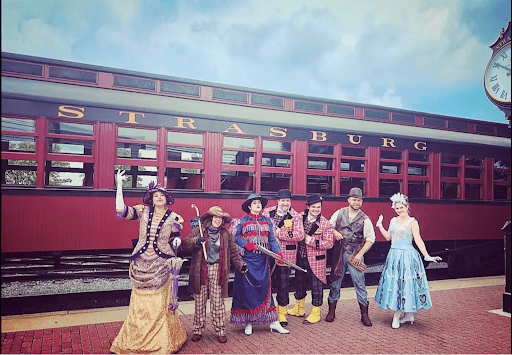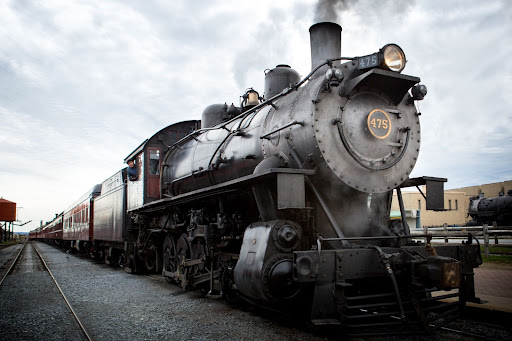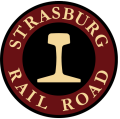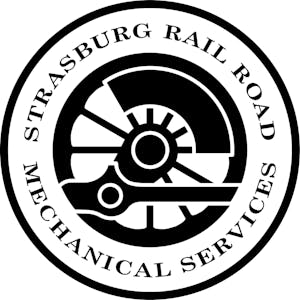HOW HERITAGE RAILWAYS PRESERVE HISTORY

It’s hard to imagine a life where cars and planes didn’t exist. These are simple luxuries that most people take advantage of every day. But there was a time when these methods of transport fell short and steam railways reigned supreme.
As train ridership started to dwindle in the early-to-mid 50s, railfans pushed for railroad preservation. But this time, they were preserved with a new purpose, to offer historic train rides. Learn how these heritage railways protect the history of the steam train and find answers to some frequently asked questions.
What Is A Heritage Railway?
A heritage railway is a historic railroad that has been preserved to recreate railway scenes of the past. Unlike commercial railways which exist to transport passengers or cargo over long distances, heritage railways are “local lines of interest” that run shorter distances.
Since they were designed for historical preservation, many heritage railways have a rolling stock of safely restored historic steam locomotives. Often, the passenger cars they pull have also been restored to resemble the character of 19th-century first and second-class cabs.
Three Distinct Elements of Heritage Railways
The key to understanding the differences between traditional passenger railroads and heritage railways are these three points:
1. Heritage railways are (typically) not-commercial entities.
While this isn’t true for all heritage railways, many of these railroads are run by train enthusiasts or preservation organizations. They depend on donations, revenue from visitors, and volunteers to keep operations running smoothly.
2. Heritage railways are short excursions.
Unlike intercity and commuter rails, heritage railways travel much shorter distances. Where traditional passenger trains are designed to take users from point A to point B, heritage trains were revived with historical experiences in mind. Therefore, their journey departs from point A, takes a short excursion, and then returns to the place of departure.
Since these train rides typically only last a few hours at most, it’s not unusual that these historic trains run along tracks with dead ends! Since they’re returning back to the station after their train ride, there’s no need for them to connect with another station.
3. Heritage railways bring history to life.
There’s so much more to the history of trains than technology. Part of their popularity during peak ridership was the atmosphere. Their status was both exclusive and inclusive, as they were created to give people of all economic classes the opportunity to travel.
Heritage railways help recreate those historical first and second-class riding experiences. When they’re able to ride aboard a restored, authentic passenger car, train passengers grasp the history of trains in a way that can’t be read in a book or examined in a museum.
Aside from historically accurate train cars, some heritage railways even hire staff members to dress up in costumes that depict railroad scenes of the past — bringing the history to life even further.

How Railroad Preservation Created Heritage Railways
When alternate means of transportation became popular in the early 1900s, passenger transport via train became threatened. Maintenance costs to restore damaged tracks or faulty steam engines became more of a burden..
Between the cost and frequency of repairs, many railroad companies were forced to retire their steam engines because they could no longer compete. But devoted railfans and steam enthusiasts feared the loss of these railways.
The first efforts of railroad preservation began in the mid-1950s. Train enthusiasts assembled and started to combine their efforts and funds to buy unwanted railroad stations, tracks, and steam engines from retired railroad companies.
By the time mainline steam travel ended in the 1960s, many preservation organizations had already been assembled. The end of steam only intensified their desire to advocate for their preservation.
Any and all artifacts that they could get their hands on were bought and displayed in public parks and museums across the country. Former train stations were transformed into visitor centers, restaurants, museums, post offices, gift shops, and more.
Some railroad preservation groups, like the ones that bought the Strasburg Rail Road, purchased railways with the intention of reviving their passenger services in the form of tourist trains. They saw the value in experiencing even a small taste of the golden age of trains and they wanted to give young railroad enthusiasts the opportunity to do the same.
The concept of heritage railways was born as these tourist railroads acquired and restored authentic steam trains and passenger cabs. Still today, heritage railways are devoted to preserving and celebrating steam locomotives and educating the public about the positive impact that steam trains played in America’s history during the industrial revolution.
The Benefits of Railroad Preservation
Even if you’re not a train enthusiast yourself, the benefits of railroad preservation are hard to disregard. From educational to economical advances, preserving railroads offer some positive opportunities for communities to grow.
Tourism
Historic landmarks are a huge attraction for tourists. Heritage railroads are historic in nature. They give visitors an immersive opportunity to ride aboard authentic steam trains. Towns or states with these old-fashioned railroads can help build tourism in their community when they preserve their tracks.
Economic Development
As more people visit your county or state to visit these historic railroads, local spending is also likely to increase. Visitors will spend money to travel to your location, but while they’re there, they might also stop at local stores to shop or a restaurant to grab food before traveling home.
Civic Pride
For many towns and cities, railroads and train stations create a sense of pride. Heritage railways were founded by community members who fought for their restoration. Their success in doing so illustrates the power of community involvement.
In that way, railroads have become a symbol of the history and growth of the town. The community members before them fought for their conservancy, so they do can come together as a community to rally for things that they think would improve their town.

Strasburg Rail Road’s Restorative History
Since its founding in 1832, the Strasburg Rail Road has serviced the community with freight and passenger services. When mainline steam travel ended, the Rail Road almost saw its demise like many other railroad stations at the time. The railroad tracks were in need of serious repair and their business was dwindling.
But Henry K. Long and Donald E. L. Hallock were determined to keep the Strasburg Rail Road alive. They rallied a group of local railroad enthusiasts together and combined their efforts and funds to purchase the railroad from its previous owners and began the revitalization process.
Today, the Strasburg Rail Road is the most visited heritage railroad in the continental United States. We offer authentic first and second-class train car experiences, dining cars, and other special events for guests to explore.
Are you ready to discover the steam locomotive? Book tickets to Strasburg Rail Road to experience a historic train ride on the nation’s longest continually operating railroad.

 Go behind the scenes on a tour of our renowned mechanical shop and learn all about how we build and refurbish our historic trains!
Go behind the scenes on a tour of our renowned mechanical shop and learn all about how we build and refurbish our historic trains!